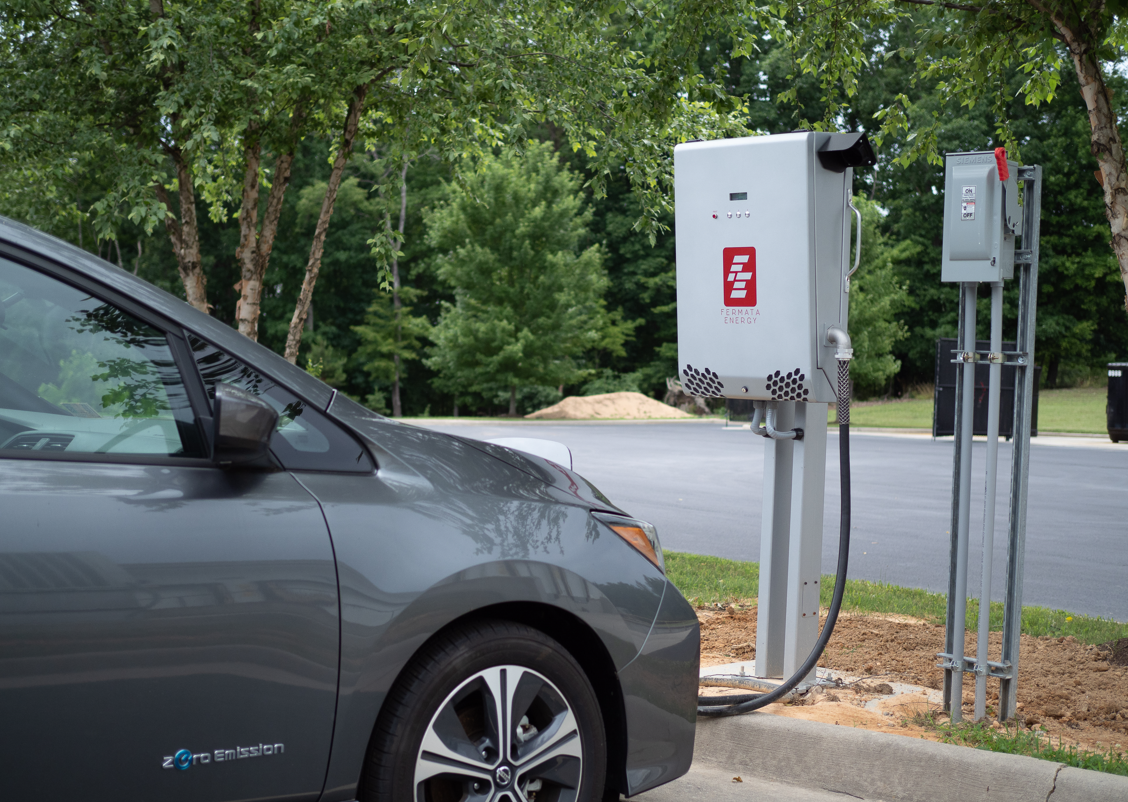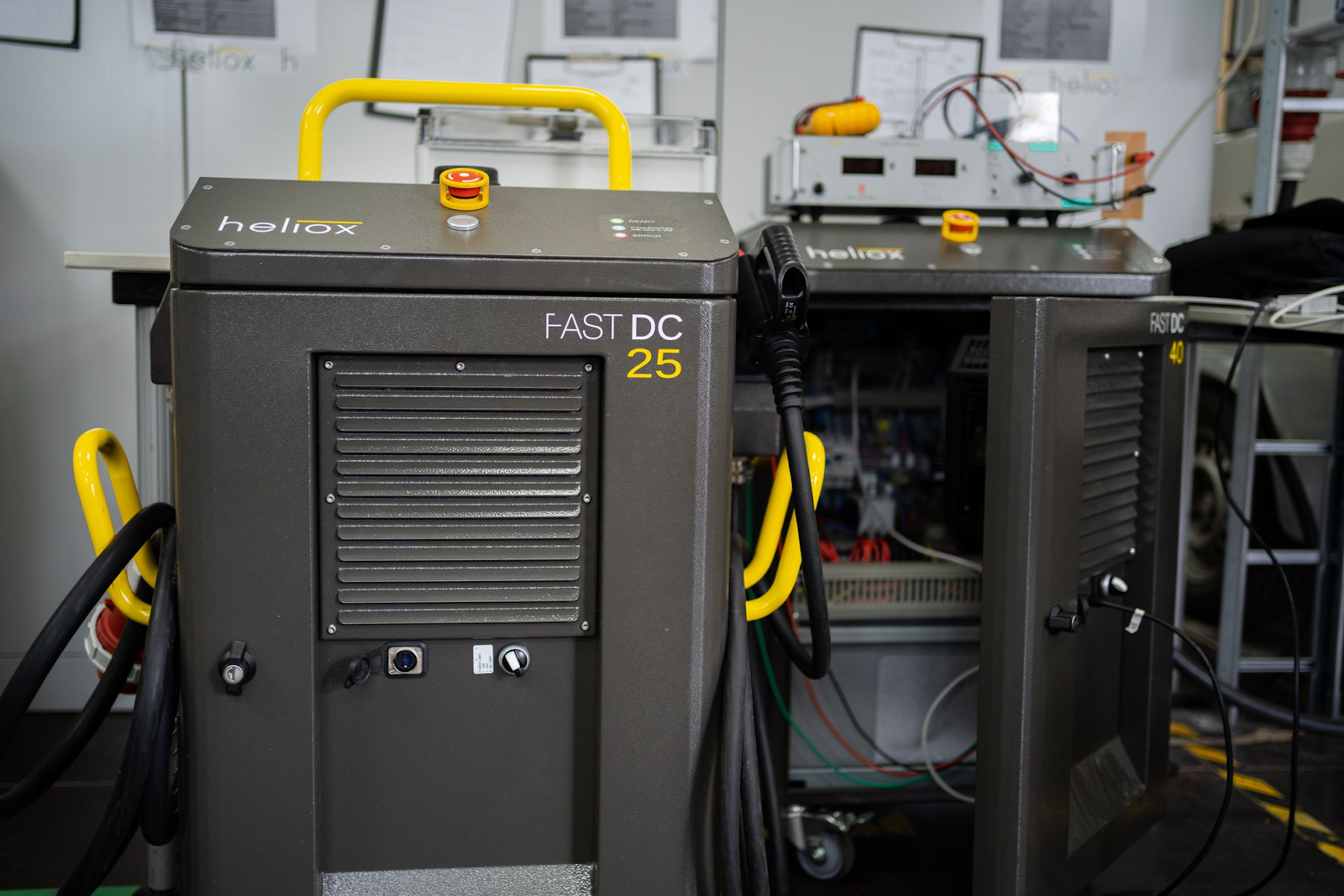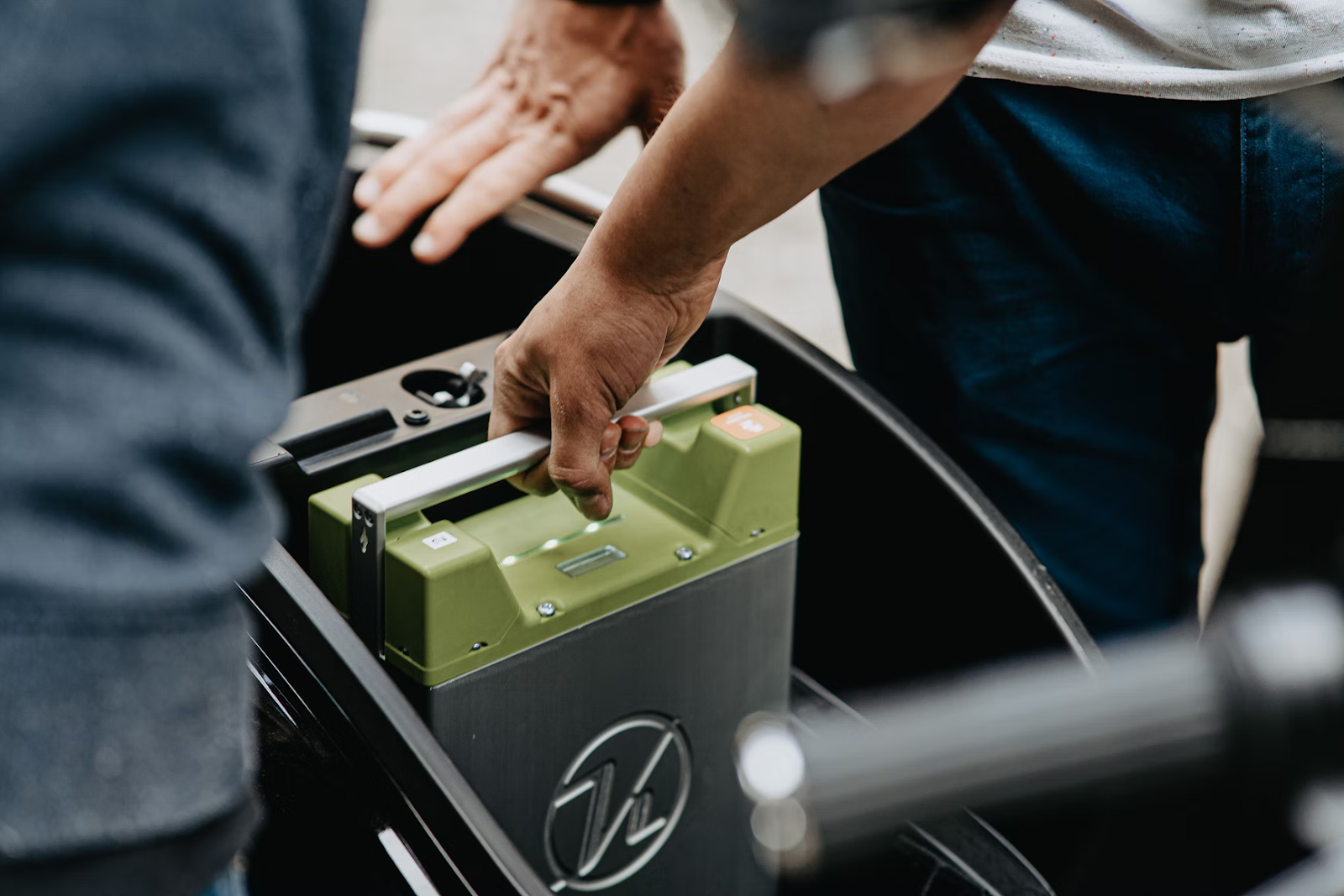Are we on the verge of a power revolution?
In this article, we’ll be looking at four new battery and charging technologies that could accelerate the transition to EV mass adoption and reduce e-mobility’s reliance on harmful fossil fuels. But first, let’s take a look at the current bottlenecks and hurdles for the EV industry.
The two main bottlenecks for the mass adoption of the EV industry are the manufacturing of battery cells to keep up with global demand and the successful rollout of workable public charging stations to keep vehicles on the move. Consumers prefer to wait for technology to mature before buying, and manufacturers don’t tend to invest in technology until they see demand from consumers. This is referred to as the chicken and egg problem and it’s happening in the EV world.
According to Graham Anderson, industry and commodities expert:
“If we are to get anywhere near our emissions targets and maximise the development of EVs, we need significant investment in both manufacturing capacity and the raw materials supply chains – and we will need it soon.”
In general, battery voltage and battery density are improving over time which is helping our chicken and egg problem, but some scientists and research companies are hoping for a ‘hail mary’ breakthrough which will open up our EV bottlenecks and allow fast mass adoption to take place. Is this even possible? What does the future hold for batteries and charging technology and how else can we alleviate these bottlenecks before a major breakthrough occurs?
1. Ultra-Fast chargers

In essence, there are three types of charging speeds:
- Slow or overnight chargers: 3 kWh – 7 kWh (mainly used at home)
- Fast chargers: 7 kWh - 22 kWH (mainly used at business locations and car parks etc)
- Ultra-fast chargers: 50 kWh to 300 – 350 kWh+ (mainly used for rapid charging of EVs and larger commercial vehicles)
Why is charging speed so important? Well, it comes back to our bottlenecks. Speed of charge, which in turn makes charging more convenient and also significantly reduces range-anxiety – are cited as main factors in hindering widespread EV adoption. According to Mer Energy:
“For a typical electric vehicle with a battery size of 62kWh, and a range of 200-240 miles, a 15 minute charge at a 150 kilowatt charge point would deliver a range of 120-145 miles.”
Considering most EV drivers on-the-go need to stop for food, a comfort break and to stretch their legs, 15-minutes is more than acceptable for most people. The reality of on-the-go charging right now is not of speeds that would allow this kind of turn around. But that is changing rapidly.
2. Vehicle-to-grid (V2G) chargers

So vehicle-to-grid technology is already here, but it’s certainly not top of the list of most consumers or businesses. The chargers in most cases are too bulky and too expensive. But this is changing. Prices are coming down as well as the size of the units and clients are enquiring more and more about future-proof chargers.
What exactly is V2G? These chargers allow electric vehicles to be much more than just transportation devices. This technology allows EV batteries to store energy and release it back to the electricity network when needed. For example, when demand on the grid is high or when there are power outages due to adverse weather conditions or infrastructure problems or upgrades. According to Virta Global:
“Globally there will be 140-240 million electric vehicles by 2030. This means that we'll have at least 140 million tiny energy storages on wheels with an aggregated storage capacity of 7 TWh.”
This grid balancing technology will become ubiquitous in chargers of the future and consumers and businesses will expect it to come as standard in the not too distant future.
3. Mobile chargers and battery swap technology

One potentially disruptive technology is that of battery swapping. You drive in and a mere three minutes later you have a fully charged new battery automatically added and your old one is taken out and begins recharging as you drive off. It seems ideal.
So, why hasn’t it taken off yet and will it be the future of charging? Some EV manufacturers like Nio in China seem to think so, but there are hurdles. According to Jeremy Michalek,
“Since batteries are so expensive, bulky and resource-intensive, creating vast networks of swappable packs—which must be stored, kept charged and maintained—would be a waste of money and resources, while expanding carbon footprints. Many surplus batteries would end up sitting around, waiting for customers. Ultimately, customers would absorb these exorbitant costs. Seeing the conundrum, swap proponents have begun touting the possibility of stored batteries returning power to the grid.”
With battery manufacturing being a major obstacle, the world cannot afford for precious battery packs to be laying around unused and ready to go.
Mobile chargers are certainly not new, but their use case and demand is growing as the EV adoption curve moves up and to the right. With mobile charging, there’s no need for structural changes, no huge financial outlays, and no more problems for EV fleets who need fast roadside charges – which is one of the first applications of mobile charging packs.
4. Battery tech - solid state & lithium sulfur

What about battery packs that charge in seconds, last for days and can start charging over the air with no wires needed? Sounds idyllic. Well it might not be that far away. According to the Harvard Gazette:
“Long-lasting, quick-charging batteries are essential to the expansion of the electric vehicle market, but today’s lithium-ion batteries fall short of what’s needed — they’re too heavy, too expensive and take too long to charge.”
A lithium-metal battery is considered the holy grail for battery chemistry because of its high capacity and energy density. This battery technology could increase the lifetime of electric vehicles to that of petrol powered cars — 10 to 15 years — without the need to replace the battery.
Lithium-sulfur batteries could also outperform lithium-ion. The new battery technology is said to have a lower environmental impact than lithium-ion and lower manufacturing costs, while offering the potential to power a vehicle for 1000km (620 miles), or a smartphone for 5 days.
Rather than using costly cobalt, which is vulnerable to fragile global supply chains, they use sulfur, which is a cheap raw material available as a by-product of the oil industry. And their costs per unit of power can offer substantial savings. There are however a few problems with this type of technology. The main problem is that current lithium-sulfur (Li-S) batteries cannot be recharged enough times before they fail to make them commercially viable. It is all in the internal chemistry: charging a Li-S battery causes a build-up of chemical deposits that degrade the cell and shorten its lifespan.
Another potential breakthrough comes from NIMS or the National Institute for Materials Science in Japan which is developing a Lithium-Air battery. Their prototype has an energy density of over 500Wh/kg. By comparison, lithium-ion batteries found in Tesla vehicles have an energy density of 260Wh/kg. This type of tech could even be used in the advancement of electric planes. According to NIMS:
““Lithium-air batteries have the potential to be the ultimate rechargeable batteries: they are lightweight and high capacity, with theoretical energy densities several times that of currently available lithium ion batteries,”
Other technologies include capturing energy from WiFi, sound, nature and even sweat! Sweat for example could be used to power wearables when exercising. So the possibilities for battery charging technology are endless. The main thing for consumers and businesses is that they are safe, cheap, reliable and ubiquitous. No easy task. But the brightest minds are on it.

